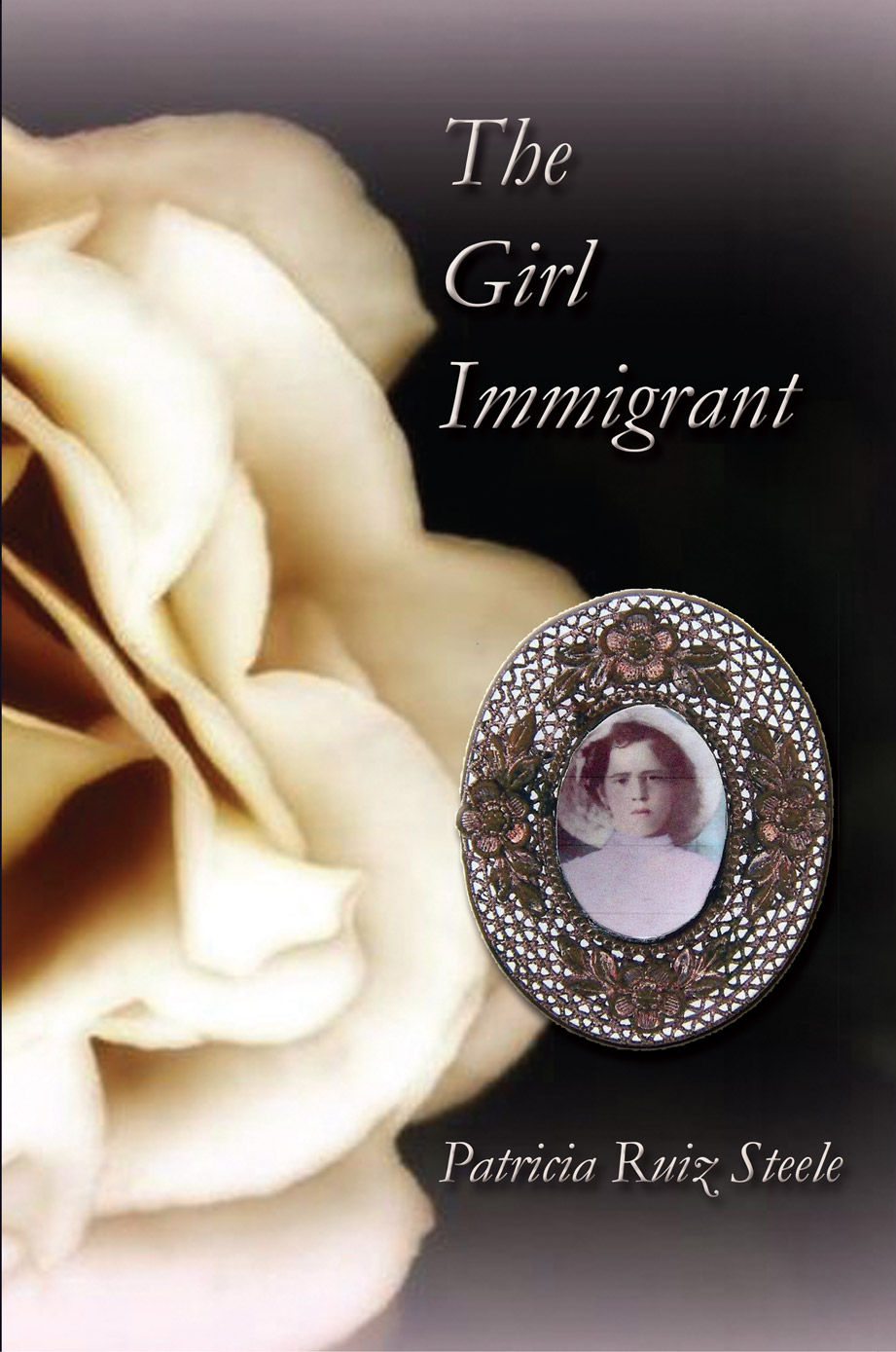
It was 1911. They left everything they knew — sometimes even everyone they loved — to start a new life in a faraway land called Hawaii and later in America. Their immigration story is epic, filled with tragedy, triumph, adversity and love. Loss and promise. Studying Spanish history and the massive immigration resources helped paint a rich portrait of the people who came here and the the lives they created. This is their immigration story.
Manuela, the oldest daughter of a poor family from Fuentesauco in the Province of Zamora in northern Spain, makes their way south to La Linea at the Rock of Gibraltar and the immigrant ship, the SS Orteric with her extended family. Excited, but frightened, she looks forward to the adventure, Hawaii and from there, America, the Promised Land. Although reluctant to leave her grandmother, she adjusts to life on the ship, SS Orteric, but wishes she was back on land. As actual historical events move the plot, they influence her thoughts, maturity, and future.
This is the author’s grandmother’s life story where Spain and Hawaii come alive. It is a poignant tale about the importance of family and cultural ties where they learn to balance old world values with the promise of the American dream.
Sales just over 1000
#286 in Books > Travel > Specialty Travel > Family Travel
#3896 in Books > Biographies & Memoirs > Travelers & Explorers
#19387 in Books > Biographies & Memoirs > Memoirs
Based on the true story of a young girl and her extended family as they agonize over leaving Spain and the watery steps they endured on an immigrant ship to create a life that is now history. Hawaii! Manuela's small Spanish village buzzed with tales of life in a faraway land free of starvation and angst. And they listened
From humble beginnings in a small farming village in northern Spain called Fuentesaúco in the Province of Zamora, Manuela Silván Trascasas and her family lived a simple life. This is the story from whence they came…….
When the music swelled, ladies would leap up to dance la Sevillanas or la Jota, which were Spanish dances typically filled with passion and spontaneity. They’d click shiny castanets and tap their feet in staccato fashion as their music thrilled to a crescendo and filled the night air. Music throbbed through Juan’s veins like a love affair. He was a simple farmer, but also earned extra money at the bull fights. His job was a messy one; when the bull was killed in the bullring and spectators screamed, he launched his horse into the ring to drag the bull out to wagons where butchers waited. The butchers would bleed it out, cut it up and sell the meat; some portions were given to the poor.
| Language | Status |
|---|---|
|
Italian
|
Already translated.
Translated by Carla Giannini
|
|
|
Author review: I have considered the above items for my review and Carla Giannini met all of my wishes. I look forward to holding this book, translated into Italian, in my hands. |
|
Spanish
|
Already translated.
Translated by Consuelo Mellado and Epi C. Rodriguez
|
|
|
Author review: Consuelo Mallado was meticulous not only with the Spanish words, but the history that was necessary to make my book credible. Her knowledge of the Spanish and English translation/language helped move this book forward and I am very grateful for her efficiency and questions to lead us in the right direction. I applaud her hard work and consistency to make this translation so wonderful. |